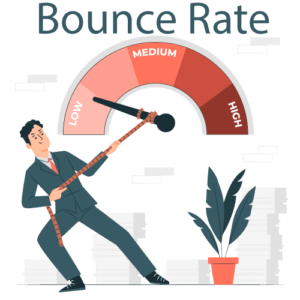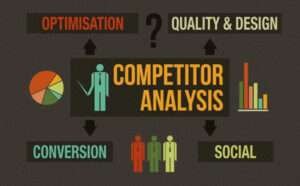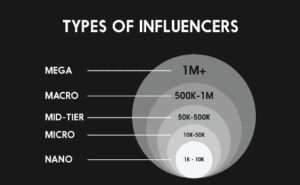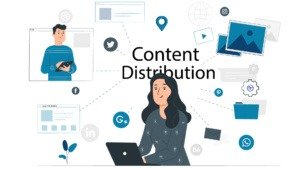In today’s competitive SERPs, creating great content alone is not enough. In many cases, your content is not getting the results it deserves. You need to optimize and distribute content effectively to rank high in search engines and get good sales. Content marketing and optimization are not just about increasing your ranking in Google; you need to optimize your content for better readability and higher conversion. One of the best ways for your content to be seen by more of your target audience is to optimize and distribute your content. You will see more organic traffic when your content ranks high in search results.

The Importance of Content Optimization
Content Optimization is a strategy for updating and improving content. This strategy will help you have the best possible chance of achieving your goals. The goals of every business are different, and these goals can be ranking in Google, converting readers into customers, or getting backlinks. In many cases, a combination of several criteria is considered the goal. The most important benefits of content optimization include higher rankings in search engines, increased inbound leads, increased domain authority, increased revenue, brand exposure, and the creation of a cost-effective content distribution channel that practically runs on its own. Your content may be perfect, but if you don’t optimize it for Google, it won’t rank. From an SEO point of view, content optimization is essential if you want to rank in Google.
Content Optimization for SEO
Content marketing aims to attract more audiences and convert them into leads, subscribers, or customers. You should optimize your content according to SEO criteria to achieve this goal. Now, we will introduce some practical strategies that you can use to optimize your content for SEO:
- Make keywords with traffic potential
- Create topic clusters
- Do content benchmarks
- Format page title, URL, and Headlines
- Optimize the Meta description
- Create image and multimedia content
- Develop the content Body
- Get more traffic with People. Also, Ask
- Incorporate internal and external Link
- Format content for maximum views
- Add Calls to Action
- Align content with search intent
- Make enough backlinks
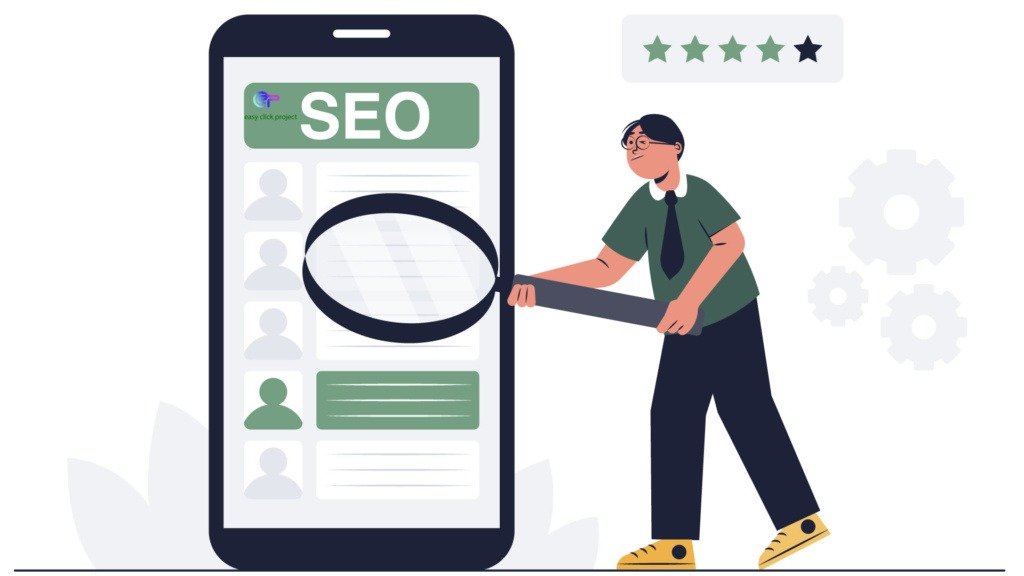
Optimization in Content Distribution
Content Distribution is a key strategy for engaging audiences, increasing brand awareness, increasing conversions, and building a loyal following. Content distribution plays a vital role in the success of your marketing and business plan design. Today’s marketing strategies revolve around content creation, keywords, and search engine optimization. Undoubtedly, the implementation of all these items is necessary. However, it’s essential to know that just because you have a lot of content doesn’t mean you’re getting in front of the right audience. So, instead of relying on luck, you should promote your content where your potential customers are and find better ways to reach them.

Content Distribution is a critical strategy in digital marketing. The act of sharing and promoting your brand content through different media and channels is called content distribution. Simply put, it is a proactive way to get in front of your audience and use it as a valuable tool alongside SEO to achieve greater success. Given Google’s high processing of search queries per second and thousands of algorithm updates per year, optimizing content and distribution to align with the latest changes is an ongoing process. Content Distribution to the target audience will help you achieve your marketing goals and grow your business. To make the campaign cost-effective, you need a content distribution plan.
Promoting Your Content
Create a content distribution strategy for growth and profitability. To be successful in e-commerce, share your content strategically. You can maximize traffic to your site, build backlinks effectively, and encourage social sharing outside of your business. This means expanding beyond your usual media and social networking platforms and using content distribution tools you may not have tried before. Evaluate distribution options and develop and document channel plans. Choose an intelligent primary distribution media model. Optimize the content for organic search and use the best media, format, or channel for promotion. You can also explore paid opportunities to expand the power and influence of your content. Turn your content into evergreen classics with basic optimization and distribution.

Types of Content
When it comes to the best type of content to distribute, many of us immediately think of blog posts and articles as the dominant type of content if other types of creative media can attract new viewers.
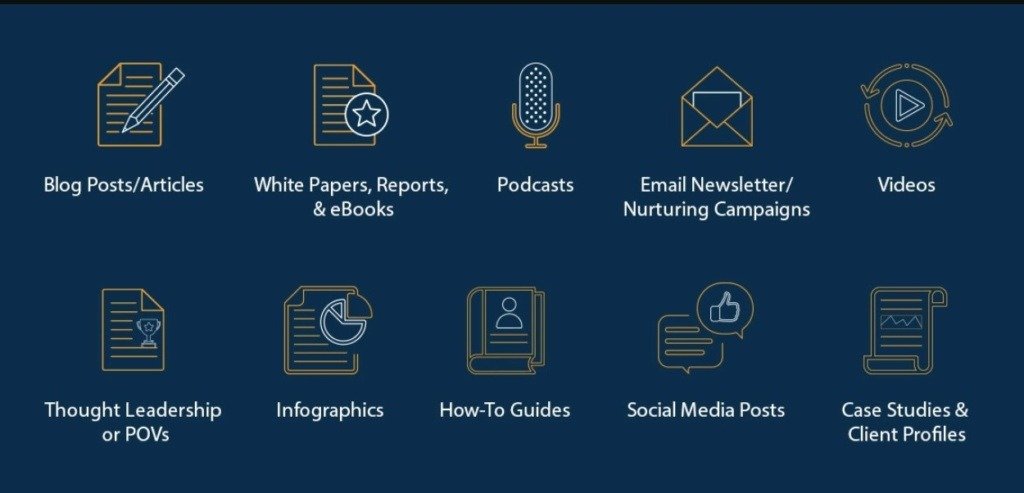
Here are some examples of content types that can rock your business to levels:
1. Blog posts and articles
Website posts are considered one of the most dominant forms of presenting content to the audience. Posts can drive a lot of organic traffic to your site while informing consumers about your products, brand, and expertise.
2. E-books and reports
Based on long-term content studies, it is extremely valuable to businesses worldwide. E-books and offering them to your audience through a dedicated landing page, a pop-up, or a blog post can help you generate more leads.
3. Podcast
Podcasts are a smart business idea. Many content marketing distribution software platforms and solutions are available for podcast promotion.
4. Email newsletter
Newsletters are a great tool for sharing curated content, new topics, the latest updates, and discoveries. Make sure you give your emails meaningful titles so they don’t end up in your spam or trash folder.
5. Videos
The ease of use and accessibility of video to audiences has made it an essential form of business content.
6. Thought Leadership Strategy and POV Development
People are interested in expert topics. These discussions give them a source of information they can rely on. These interactions can be in the form of a blog, podcast interview, video, or even a webinar and then shared through various content distribution sites.
7. Infographics
Infographics are a great choice for content distribution because they are easy to share and use. Collect the data you want to enter, organize it in an artistic yet readable way, and then present it.
8. How-to guides
When you type the phrase “how to” into the Google search box, it gives you countless suggestions. Consider what your audience needs to learn in your field and what instructional instruction you can provide.
9. Social Media Posts
Using social media platforms is a good choice for content distribution.
10. Case studies
Case studies show how your brand, product, or service can meet the challenge and help the customer.
Content Distribution Channels
Content Distribution channels help you share and promote your content wisely. The three different categories of content distribution channels are paid, monetized, and owned, and each one has its own benefits, and how you use them depends on your goals. In fact, the key to success is to choose a channel that your audience engages with the most.
Content Distribution channels are:
Paid Content Distribution
You have to pay for content distribution in this type of channel. In other words, you own the content, but you rely on other distribution channels that you pay to share with others. Paid advertising on social media, Google Ads, influencer marketing, advertising media, and any type of sponsored content is in this category.
Earned Content Distribution
These channels belong to people who want to share or promote your content without getting paid. These channels help you gain a new audience, increase your credibility, get more website traffic and even improve your search engine ranking. Content Distribution on this channel may be through social media influencers or bloggers, journalists, forums, product reviews, tweets, and even search engine rankings.
Owned Content Distribution
These content distribution channels are called channels that are completely owned by the brand, and the brand owner is responsible for creating, managing, and optimizing them. In this method, you have complete control over the content and how it is distributed, and to improve performance, keep in mind that in this method, increasing traffic and creating an audience that regularly visits these channels takes time. You can distribute content through your website, blog section, and email newsletter and make your video channel, social media profile, and apps.
Effective Strategies to Distribute Content
Using content distribution strategies is essential for various reasons, including aligning your marketing team and keeping them on the same page, increasing the impact of your content, and creating a benchmark. For this, it is necessary:
- Know your target audience well.
- Set your goal.
- Choose your content distribution platforms.
- Do content writing the right way.
- Optimize content.
- Distribute the content according to the target audience.
- Measure your performance.

Some of the most important strategies to maximize exposure and reach a larger audience include:
1. Consider content distribution in your marketing strategy
How content is distributed and shared is an important part of the overall content marketing strategy. As mentioned, the first step for any content marketing plan is to know the audience. Research distribution channels while planning content creation. This step will help you determine what type of content you need to reach your audience and will also save you time and resources. Always ask yourself what type of content works best on the channels where you find your audience. Make sure you cover all your target channels with your content distribution.
2. Make the most of your content
To get the most out of your content, start with a content audit to identify potential opportunities. For this purpose, the content may be republished, repackaged, or used for a different content distribution channel. Maybe you’ve had content in the past that received poor results during promotions, but now you know where to distribute it for better success. You may need to convert the content to another form to achieve the goal. Another strategy is to distribute your content in the best way by converting it to different formats and sharing it on different channels.
3. Balance your chosen content distribution strategies
Each type of content requires a different distribution. Therefore, to promote any content, it is necessary to use its appropriate channel. Finding the right balance will increase your chances of growing your audience as well as making the most of your advertising budget.
4. Set goals and KPIs for your content distribution
Before choosing your content distribution channels, thoroughly define your goals and key performance indicators (KPIs). By determining these, you’ll get a better idea of which channel is best for what you want to achieve. KPIs will vary depending on your content type, distribution efforts, and advertising strategy. It is recommended that you analyze and measure your results to know when and how to adjust if needed.
Tips for Content Distribution and Optimization
You can use templates to optimize and distribute content. Templates save you time and cut your content creation energy in half. You can use ready-made templates and various libraries for this. You can use free tools like Google Analytics to optimize content. Google analysis is one of the best tools for managing content optimization.
Since content distribution and optimization is an ongoing, long-term process, it’s important to track your metrics over time. Using Google Analytics to check the number of new users, bounce rate, sessions, and traffic numbers is very useful. Use Google Search Console to distribute content. This option is a great way to check specific keywords, their search intent, and their search volume. Optimizing and distributing content generally requires formulating a strategy and choosing the right targeted channels, paying attention to details, and using a continuous approach.


















